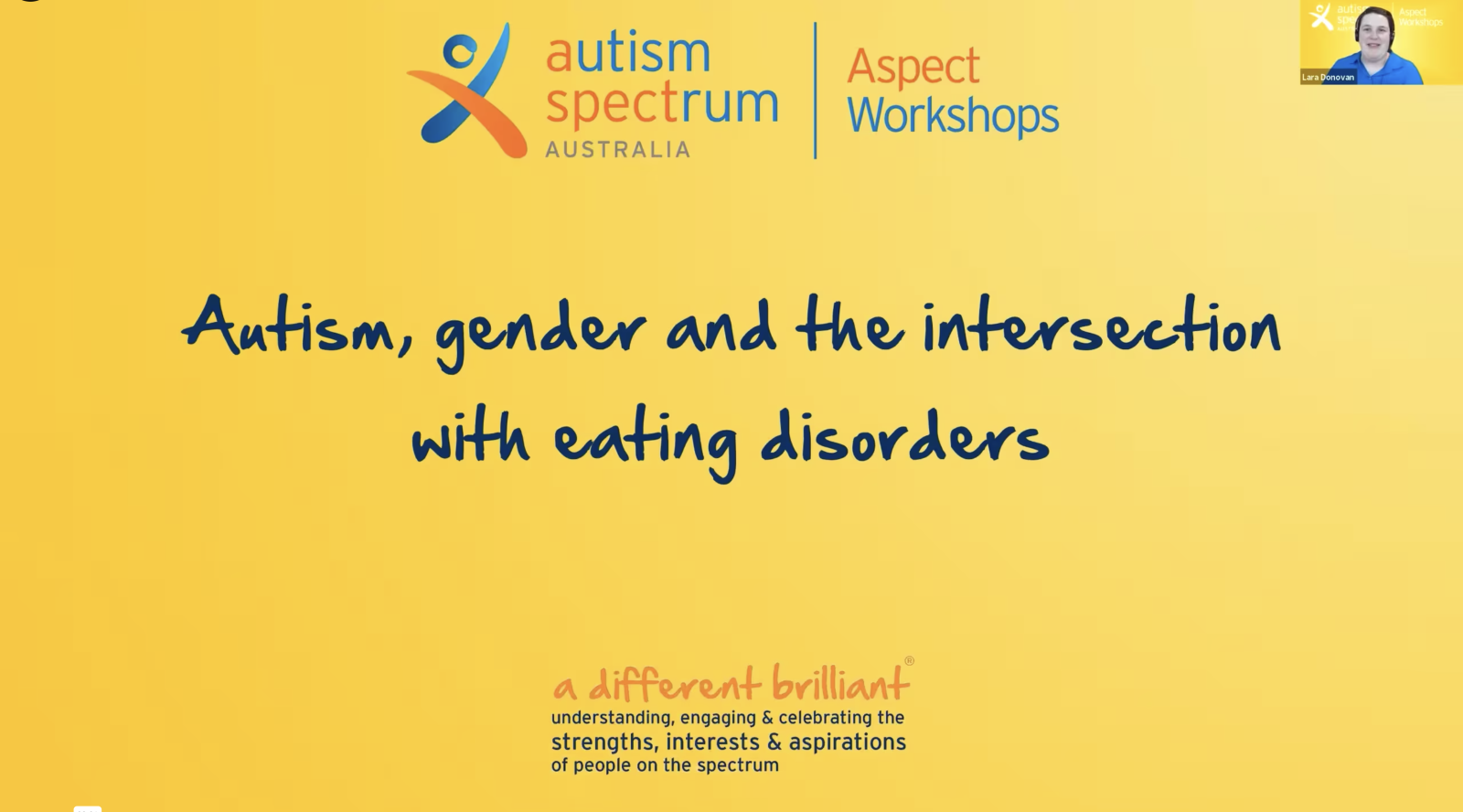Eating disorders are complex mental health conditions that can have severe physical and psychosocial consequences, affecting approximately 16% of the general population. Recent research estimates that 23% of the Autistic population have a co-occurring eating disorder. This blog sheds light on the intersection between autism and eating disorders, exploring shared traits, risk factors and need for specialised support.
Eating disorders manifest in various forms, but the most commonly recognised ones include anorexia nervosa, bulimia nervosa, and binge eating disorder. Anorexia nervosa involves self-imposed food restrictions leading to dangerously low body weight, accompanied by an intense fear or gaining weight and distorted body image. On the other hand, bulimia nervosa entails recurrent episodes of binge eating, followed by compensatory behaviours like vomiting or excessive exercise to avoid weight gain. Binge eating disorder is characterised by recurring episodes of consuming large quantities of food in a short period without accompanying compensatory behaviours, often accompanied by a feeling of loss of control. This disorder is distinct from other eating disorders due to the absence of purging behaviours such as vomiting or excessive exercise.
Autism and eating disorders share some common traits, such as difficulties with emotion identification and management as well as a strong adherence to routines. These overlapping characteristics could contribute to the increased prevalence of eating disorders for some people on the autism spectrum. Understanding these connections is essential to developing effective strategies for prevention and support.
Identifying risk factors
While not all Autistic individuals develop eating disorders, there are potential risk factors that may increase the likelihood. However, it is important to remember that each individual is unique and these factors may interact in different ways for different people. Just because a person demonstrates some of these risk factors, does not mean they have or will develop an eating disorder. Some potential risk factors include:
- Sensory sensitivities: Sensory sensitivities can affect experience of food textures, tastes, smells and visual appearance. These can lead to food avoidance or preference for a limited range of foods.
- Rigidity and routine: Autism is often associated with a preference for routine. This rigidity can extend to eating habits, leading to restricted diets and an increased risk of developing an eating disorder.
- Social and communication challenges: Difficulties in social interactions and communication may lead to misunderstandings or lack of support around meal times. Peer pressure and societal norms related to eating and body image might not be well understood by some Autistic individuals.
- Anxiety and stress: Some Autistic individuals experience heightened anxiety and stress due to societal environments, routine changes or sensory overload. These emotional factors can contribute to disordered eating patterns as a coping method.
- Special interest: Autistic individuals can sometimes have intense and narrow areas of interest, these may involve detailed knowledge about nutrition, weight or fitness which could contribute to the development of an eating disorder.
- Co-occurring mental or physical health conditions: Autistic individuals have an increased risk of developing other mental health conditions, which can interact with and exacerbate disordered eating behaviours. Pre-existing physical health conditions, such as gastrointestinal conditions may also lead to an eating disorder.
- Social pressures: Autistic individuals can struggle with their sense of self and identity. Therefore, developing an eating disorder helps to create a sense of identity and community with peers around them.
- Lack of understanding or support: A lack of awareness and understanding of both autism and eating disorders within the individual’s school, healthcare or social circle can hinder early identification and support.
It is crucial to treat each individual as unique and consider these risk factors within their individual context and experience. Tailored support and a multidisciplinary approach can play a significant role in preventing or treating eating disorders in Autistic individuals. For example, if an Autistic person has sensory preferences, those preferences should be considered when undergoing treatment for an eating disorder. It is the eating disorder that requires treatment because of health risks, not the autism that is requiring treatment.
If you or someone you know is struggling with these challenges, seeking professional advice is recommended.
Want to know more?
Aspect’s Clinical Psychologist, Lara Donovan, has produced on an online webinar based on her research on the topic. The 30-minute webinar covers this information in more depth and can be viewed at your leisure. The webinar is available for purchase.
If you are struggling with an eating disorder or this article has caused distress, please see our resources to contact here, or contact Lifeline on 13 11 14.




